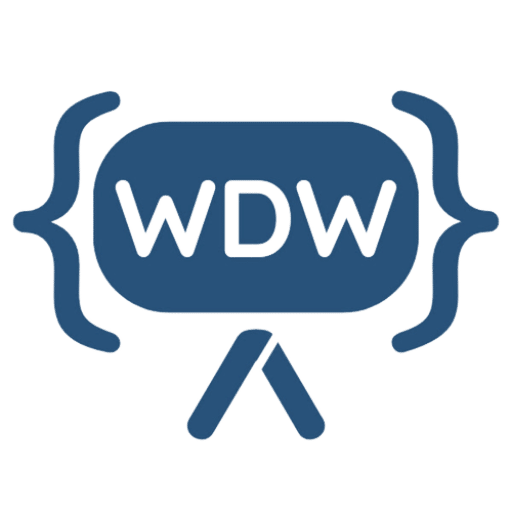**Revolutionizing Domain Management: AI and the Model Context Protocol**
For years, acquiring a domain name has been the initial step for anyone venturing into the online realm. However, the subsequent processes of configuration, integration, and ongoing management have often been disjointed and unnecessarily complex. Until now, that is. Artificial Intelligence (AI) is transforming this landscape, and emerging standards like the Model Context Protocol (MCP) are liberating domain management from clunky dashboards, integrating it into the everyday tools that builders, founders, and teams already rely on.
Historically, managing domains meant navigating static interfaces and Application Programming Interfaces (APIs). Tasks like renewals, Domain Name System (DNS) updates, SSL setup, and platform redirects required manual effort and constant context switching. This outdated process no longer aligns with today’s dynamic workflows, where builders are rapidly prototyping, scaling side projects, and integrating across multiple platforms.
The Model Context Protocol is changing this narrative. AI agents and developer tools can now communicate directly with certain domain platforms, eliminating the need for dashboard navigation. Founders and builders can simply type natural language commands within tools like Raycast, Cursor, Claude, or ChatGPT to execute tasks. For instance, a builder can effortlessly command “point my new domain to my Vercel app” or “renew all domains expiring this month,” and the task will be executed automatically, without requiring a dashboard.
One of MCP’s most powerful aspects is its ability to embed complex functionality like domain control within environments people already use daily. For example, a solo builder using Cursor can launch a project and map it to a live domain in a single step. Non-technical founders can ask AI assistants like ChatGPT or Claude to “search for a domain and register it,” and the integration handles the process end-to-end. As MCP support extends into more productivity apps, a startup team using Google Workspace with Gemini could register and configure a domain within the same environment where they’re drafting pitches and managing calendars. By reducing tool-switching friction, domains become a seamless part of the overall creation process.
This shift is particularly beneficial for today’s small businesses, entrepreneurs, and solo developers who want to focus on launching products, building communities, and growing revenue, rather than spending time on tool-switching, domain renewals, or troubleshooting DNS records. According to name.com’s recent research, 91% of customers expect AI agents to handle at least some domain management within the next two years, and 88% want natural language control for these tasks, reflecting a significant shift in expectations.
In this digital world where anyone can launch with just an idea and a prompt, the domain remains the anchor of identity and credibility. However, with AI-driven, MCP-powered workflows, domains are no longer a barrier but a strategic advantage, becoming easier to set up, configure, and maintain directly from the tools people are already using to build. This shift represents both a convenience and a rethinking of digital ownership, making digital identity immediate, accessible, and deeply integrated into the creative process.
As the industry embraces MCP and opens up domain workflows to AI agents and modern tools, a new class of builders is emerging. This class values speed, simplicity, and integration over complexity and silos. The internet is finally meeting creators where they are, and with AI-driven, MCP-powered domains, the online ecosystem is entering a new era.



